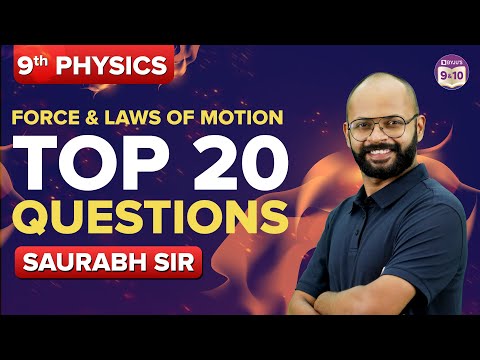Sir Isaac Newton gave his third law of motion in the 17th century (1686), which came out as one of the most influential laws in the world.
Newton’s Third Law Of Motion
Statement: To every action, there is an equal and opposite reaction.
It means that if body A exerts a force F1 on body B, and the body B exerts a force F2 on body A, then:

F1=F2
That is, they are equal in magnitude but opposite in direction.
Whenever two bodies interact, they will exert equal and opposite forces.
This law can be observed anywhere and everywhere in the surroundings. Some examples of action-reaction pairs are mentioned below:
1) A swimmer pushes the water backwards with their hands, and in return, the water pushes the swimmer forwards, thus enabling him to go forward during swimming.
2) A man walking on the ground: While walking, a person pushes the ground in the backward direction, and the ground in return pushes the person in the forward direction, thus making them walk.
3) A bird, while flying, pushes the air downwards with the help of its wings. Consistent with Newton’s third law of motion, the air makes the bird go upwards.
There are a million more examples of Newton’s third law of motion in our environment. If you observe it closely, you can find it anywhere and everywhere.
Watch the video and solve important questions in the chapter Force and Laws of Motion Class 9

Stay tuned to BYJU’S and Fall in Love with Learning!

its helpfull for a learner